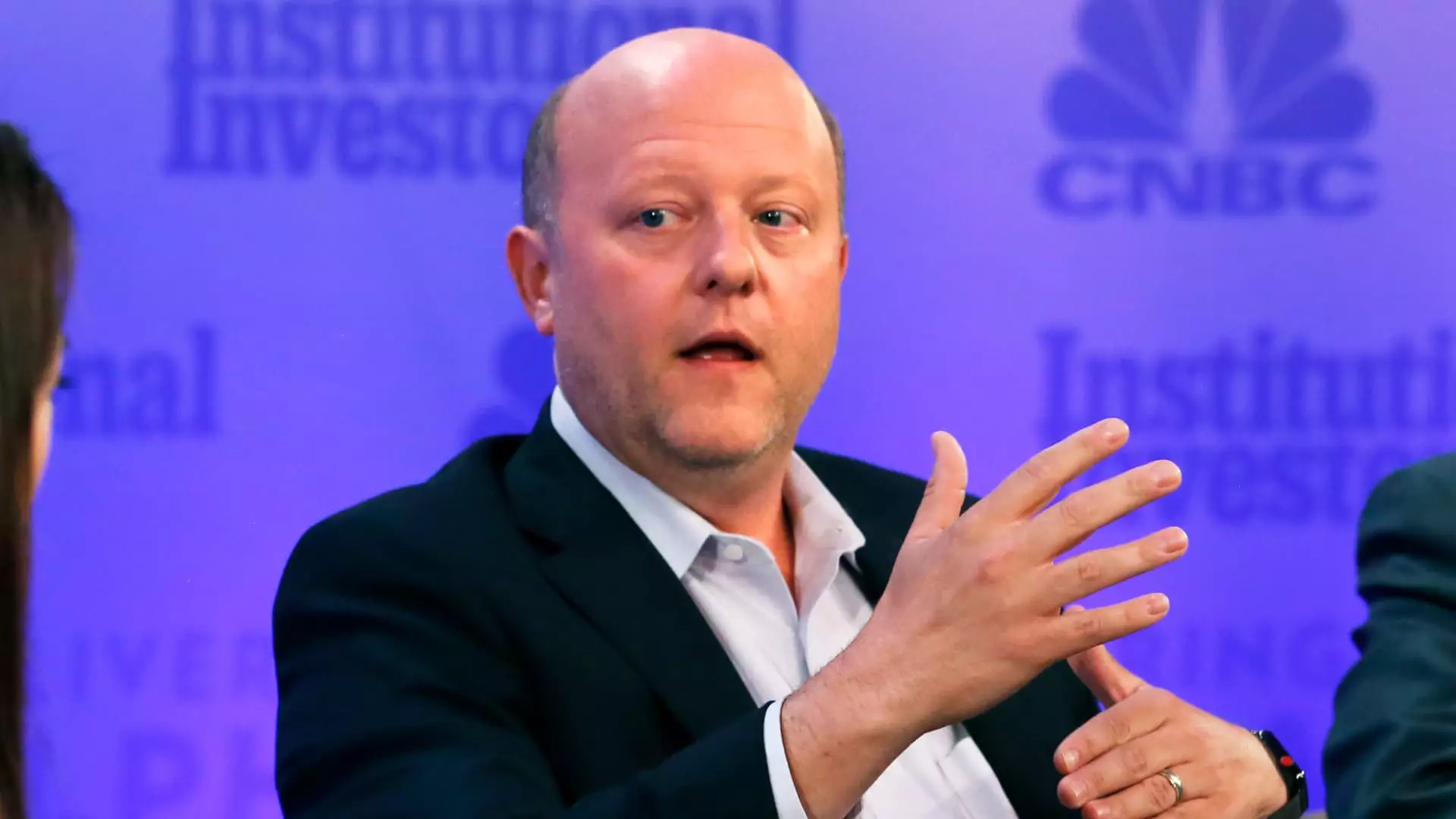The recent announcement of Circle’s initial public offering (IPO) has stirred considerable debate and speculation within the financial landscape. As one of the prominent figures in the cryptocurrency sector, Circle aims to capture a market valuation of up to $5 billion by listing on the New York Stock Exchange under the ticker symbol CRCL. However, while the ambition is commendable, the timing and overall approach raise pertinent questions that merit exploration.
A Second Chance at Going Public
Circle’s entry into public markets is notable not just for its ambition, but also for its backstory. This marks the company’s second attempt at an IPO after a prior merger with a special purpose acquisition company (SPAC) floundered in late 2022, primarily due to regulatory headwinds. The collapse of that merger should have served as a crucial learning moment for Circle; unfortunately, it seems like they are diving headfirst back into the turbulent waters of an increasingly skeptical market.
Despite a recent uptick in revenue—reporting $1.68 billion in 2024, a significant increase from past years—Circle’s net income has considerably dwindled from $268 million in 2022 to $156 million last year. This downward trend raises eyebrows, especially when executives claim that the public listing will drive the company’s growth. One must ponder whether the noise surrounding their IPO adequately accounts for the realities they face, such as fluctuating interest rates and regulatory scrutiny, which could jeopardize their future prosperity.
The Crypto Market’s Posture
Circle’s IPO arrives at an unsettling juncture for tech stocks at large, particularly in the crypto ecosystem. The Nasdaq recently reported its steepest quarterly drop since 2022, which could further complicate Circle’s aspirations. While their revenue growth is promising, the public appetite for tech IPOs remains uncertain. Companies like Klarna and CoreWeave recently filed for IPOs, but their post-launch performances have been lackluster. Is Circle jumping onto a moving train that may very well derail before it reaches its intended destination?
Regulatory issues lurk ominously in the background as the cryptocurrency industry continues to lobby for favorable legislation. Although there is growing optimism for a more crypto-compliant environment under the current U.S. administration, one must be cautious of becoming overly optimistic. The political landscape can shift drastically, and policies that favor stablecoin growth may just as easily turn to the detriment of firms like Circle.
The Stablecoin Dilemma
Circle is most recognized for its USD Coin (USDC), the world’s second-largest stablecoin, which has eked out a significant 36% growth this year. It has positioned itself as a viable alternative in an increasingly competitive market. Yet, Tether’s substantial 67% market dominance remains a substantial obstacle. Circle’s collaborative arrangement with Coinbase—whereby they split revenue from USDC—places them in a strategic partnership, but also leaves them susceptible to the performance of a rival. The question looms large: Can a single stablecoin truly become the standard-bearer in a market so heavily influenced by competition?
With the expected legislative shift and growing political favor, Circle stands at a crossroads. They are betting on the idea that stablecoins will increase in importance in crypto trading and cross-border transactions. However, such a gamble carries its own set of risks. Should political winds change or if public sentiment pivots against cryptocurrencies, Circle might find itself in a precarious position, grappling for the semblance of stability in an inherently unstable market milieu.
Implication for Investors
For potential investors, Circle’s IPO serves as a litmus test for the viability of a crypto-centric financial future. While there is undoubtedly a motive behind this public offering, one must ask if the company’s ambitious valuation truly reflects its operational stability. Increased scrutiny over crypto assets and investor hesitation following a disappointing tech IPO landscape necessitate a careful examination.
Moreover, as the stakes continue to rise, Circle will need to address everything from compliance to market sentiment to resonate with an increasingly conservative investor base. If they succeed, they may indeed usher in a new era for crypto in the mainstream. But if they falter—perhaps by underestimating the repercussions of higher regulatory scrutiny or losing ground to competitors—the repercussions could be severe for both the company and the sector as a whole.

